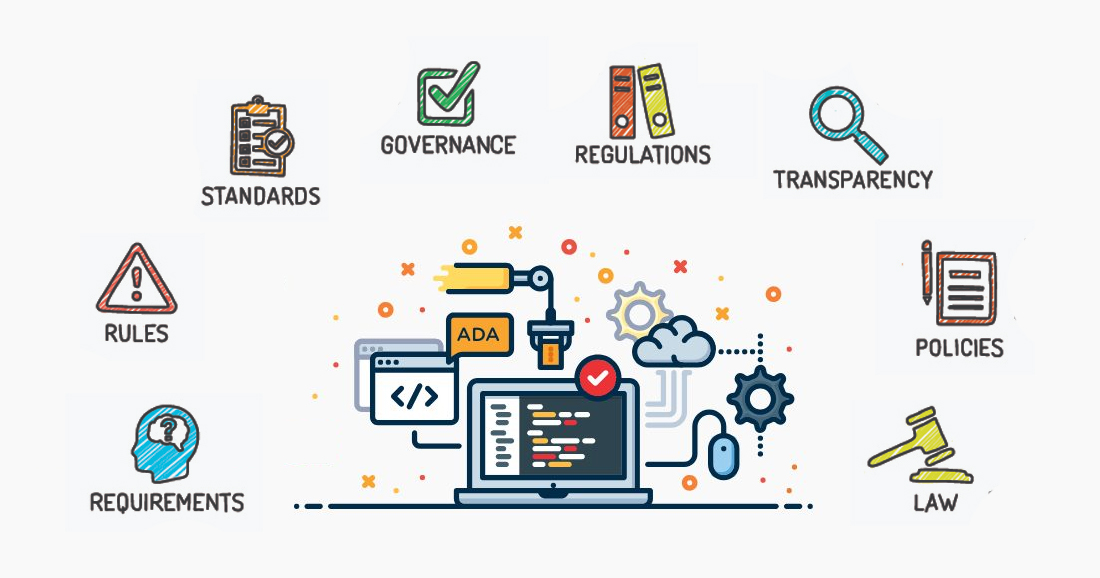PRODUCTIVITY
ADA Compliance Tips for Your Website – accessiBe


As a business owner, it’s important to understand the Americans with Disabilities Act (ADA) and how it affects your website. The ADA is a civil rights law that prohibits discrimination against people with disabilities. This means that your website must be accessible to everyone, including those with disabilities, either by using a tool such as accessiBe or other means. This blog post will discuss ten tips for making your website ADA compliant. Keep in mind that this is not an exhaustive list, and you should consult an attorney if you have specific questions about ADA compliance.
What Is The Ada And How Does It Affect My Website?
The ADA is a civil rights law that prohibits discrimination against people with disabilities. Therefore, your website must be accessible to everyone, including those with disabilities.
The ADA covers a wide range of disabilities, including but not limited to:
- Blindness
- Low vision
- Deafness
- Hard of hearing
- Limited mobility
10 Tips for Making Your Website ADA Compliant
There are many ways to make your website accessible to those with disabilities. Here are a few tips:
1) Make sure your website is compatible with screen readers.
Screen readers are software programs that allow blind or visually impaired users to read the text on a website. There are many different screen reader programs available, so it’s important to test your website with a few different ones to ensure everyone can access your content.
To test your website with a screen reader, you can use a free online tool like the WAVE Web Accessibility Tool.
Some things to look for when testing your website with a screen reader include:
- Are all of the links on your website working?
- Is the text on your website easy to read?
- Can users navigate your website easily?
- Are all of the images on your website accessible?
If you find any problems when testing your website with a screen reader, fix them before making your website live.
2) Use descriptive alt text for all images.
Alt-text is the text that appears in place of an image if the image cannot be displayed. It’s important to use alt text for all images on your website, not just those that are decorative. This will ensure that everyone can understand what the image is about, regardless of whether they can see the image or not.
When writing alt text, be as descriptive as possible. For example, if you have an image of a cat on your website, the alt text should say “cat” or “a black and white cat.”
If you have an image that conveys information, such as a chart or graph, describe the information in the alt text. For example, the alt text for a bar chart might say, “a bar chart showing the percentage of people who voted for each candidate in the 2016 election.”
Remember to keep your alt text short and to the point. Long blocks of text can be difficult to read, so keep it under 125 characters.
3) Use headings and lists to structure your content.
Headings and lists are a great way to organize your content to be easy to read. When using headings, make sure to use the correct HTML tag.
Lists are also a great way to organize your content. There are two types of lists: ordered lists and unordered lists. Ordered lists are used when the order of the items is important, such as when listing steps in a process. Unordered lists are used when the order of the items is not important, such as when listing ideas or topics.

